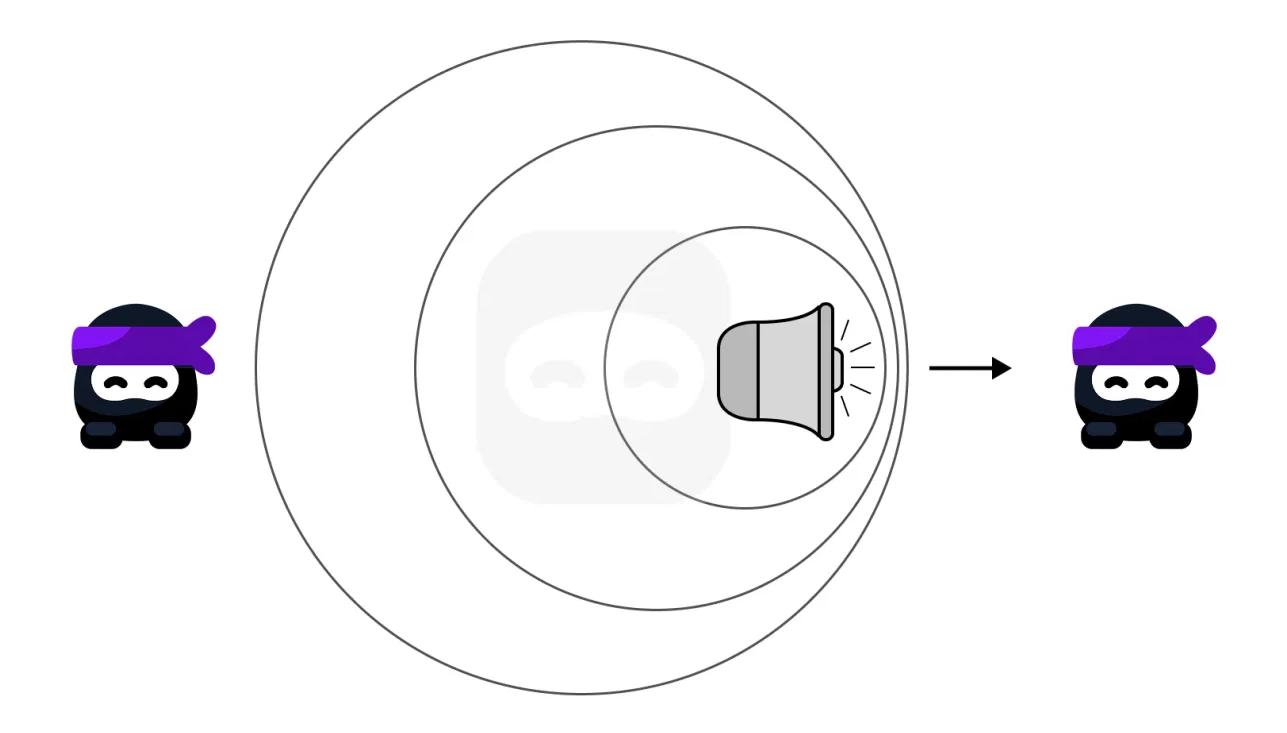Practice C.5 Doppler effect with authentic IB Physics exam questions for both SL and HL students. This question bank mirrors Paper 1A, 1B, 2 structure, covering key topics like mechanics, thermodynamics, and waves. Get instant solutions, detailed explanations, and build exam confidence with questions in the style of IB examiners.
A stationary ambulance emits a siren at a frequency of . An observer stands some distance in front of the ambulance.
State what is meant by the Doppler effect.
Calculate the observed frequency if the ambulance moves toward the observer at and the speed of sound is .
Explain whether the observed frequency would be higher or lower if the observer were moving toward the ambulance.
A spacecraft, while receding from Earth at , emits light at a rest frequency of . An Earth-based observer detects a redshifted signal. The frequency received on Earth is approximately .
Determine the wavelength of the light as measured in the rest frame of the spacecraft.
Determine the observed wavelength of the light on Earth.
Explain why the observed frequency on Earth is lower than the emitted frequency, even though the light travels at the same speed in all frames.
A loudspeaker emits a constant tone at a frequency of and moves toward a stationary observer at a speed of . The speed of sound in air is .

State the Doppler effect and how it affects the frequency heard by the observer.
Calculate the frequency heard by the observer.
Calculate the change in frequency compared to the original emitted frequency.
Explain why the observer hears a higher frequency in this case compared to the case where the observer moves toward a stationary source at the same speed.
A spacecraft moves directly toward a space station at and emits a radio signal with a rest frequency of . The frequency of the signal received by the space station is approximately .
Determine the observed wavelength of the signal on the space station.
Explain why the relativistic formula must be used instead of the classical one.
The diagram shows a stationary observer while a loudspeaker moves toward them, emitting a constant sound. The observer hears a change in the pitch of the sound due to the relative motion of the source.

State what happens to the frequency of the sound as heard by the observer.
Outline why this change in frequency occurs.
Suggest what would be heard if the source were moving away from the observer instead.
Describe one real-life situation in which this Doppler effect can be experienced.
The diagram shows a loudspeaker moving away from a stationary observer. The loudspeaker emits a constant tone, but the observer hears a change in the sound due to the Doppler effect.

State what happens to the frequency of the sound as heard by the observer.
Outline why this change in frequency occurs.
Suggest what would happen to the pitch of the sound if the source stopped moving.
Describe one real-life situation where a similar Doppler effect can be observed.
The diagram shows a person running away from a stationary loudspeaker that emits a constant tone. The person notices a change in the sound they hear as they move.

State what happens to the frequency of the sound as heard by the observer.
Outline why this change in frequency occurs.
Suggest what would happen to the pitch of the sound if the person stopped moving.
Describe one example where a similar Doppler effect is experienced in everyday life.
A train emits a sound of frequency while moving at toward a tunnel wall. The speed of sound in air is . The sound reflects off the tunnel wall and returns to the train.
Calculate the frequency of the sound as received by the tunnel wall.
Determine the frequency of the reflected sound as heard by the train.
Explain the double Doppler shift effect in this situation.
The diagram shows a person running toward a stationary loudspeaker that is emitting a constant tone. The person hears a change in the frequency of the sound as they move.

State what happens to the frequency of the sound as heard by the observer.
Outline why this change in frequency occurs.
Suggest what would be heard if the observer were moving away from the source instead.
Describe one real-life situation where this effect can be observed.
The diagram shows a sound source moving from left to right between two stationary observers. The wavefronts emitted by the source are shown as concentric circles that are compressed in the direction of motion and stretched out behind.

State what each observer hears in terms of pitch (frequency) as the source moves.
Explain why the wavefronts appear compressed in front of the moving source.
Suggest what would be heard by the observer on the left just after the source passes by.